Table of Contents
- Introduction
- What is Life Support?
- When Should Life Support Be Started?
- Types of Life Support
- Ethical Consideration and Issues
- Difficult Decisions In Life Support
- Conclusion
Life support often evokes images of someone gravely ill, connected to machines to sustain breathing or heart activity. However, it’s more than just a tool for survival in extreme cases. Life support is typically used as a temporary measure, giving the body time to recover from a critical illness or injury.
When a patient’s organs begin to fail but there’s potential for recovery, life support steps in to maintain life while medical treatment continues. According to several studies, extracorporeal life support (ECLS) (a form of life support) often improves survival rates in patients from 25% to 45%. Although life support reduces pain and prevents death, in many cases, it also extends life without enhancing its quality.
In this article, we will explain the key aspects of life support and the ethical considerations for its application.
Master ACLS Now
Get ACLS certified with confidence
What is Life Support?
Life support is a series of medical procedures that keep a person alive when vital body functions are compromised. These methods temporarily replace or support organs like the kidneys, lungs, or heart, giving the body time to heal.
- Artificial life support can be quite helpful in keeping a patient stable, but it’s vital to realize that full recovery isn’t always guaranteed.
- These operations frequently function as short-term measures to aid in the body’s healing. However, sometimes, the body is unable to regain normal function, and life support may become permanent.
- When faced with life support decisions, it is essential to consider the benefits and burdens carefully. The decision to start, continue, or stop life support is deeply personal and should be based on medical facts, quality of life considerations, and the individual’s or family’s values.
Note: Basic Life Support training can help enhance the life support knowledge while equipping the person with life-saving techniques that improve the survival chances.
When Should Life Support Be Started?
Life support is typically initiated when a patient’s body can no longer sustain vital functions on its own, such as breathing, heart function, or kidney filtration. Medical professionals will step in immediately if life support is deemed necessary to stabilize the patient’s condition. However, the decision to start life support isn’t always simple and involves various factors. Key considerations for what does life support do are as follows:
- Medical Necessity: Life support is initiated when it is clear that the body cannot function without intervention.
- Family Decisions: In cases where the patient is unable to make decisions, family members or legal guardians may be asked to decide whether to start or decline life support.
- Medical Benefit: Life support is only started if it is expected to offer some benefit, such as relieving suffering, restoring function, or improving quality of life.
Types of Life Support
What is a life support machine? There are different types of life support that exist to address various critical body functions. For example, ventilators aid breathing, dialysis supports kidney function, and ECMO assists heart and lung functions. Each type targets specific organ systems to keep patients alive during severe medical crises. Here’s a list of common types of life support:
-
Mechanical Ventilation:
Mechanical ventilation is used when the lungs fail to function adequately. A ventilator pushes air into the lungs of people on life support through a tube inserted into the trachea. It can be used temporarily during surgeries or long-term for respiratory failure.
-
Extracorporeal Membrane Oxygenation (ECMO):
ECMO provides more advanced support for critically ill patients whose lungs or hearts can no longer oxygenate blood. ECMO pumps blood out of the body, oxygenates it, removes carbon dioxide, and returns it to the circulatory system. It is a last-resort intervention in cases of severe heart or lung failure when mechanical ventilation is insufficient.
-
Cardiopulmonary Resuscitation (CPR):
CPR is given in an emergency to provide support when breathing ceases or the heart stops beating. It involves chest compressions, defibrillation, and medications to restore circulation. CPR can be life-saving in sudden cardiac events like heart attacks.
-
Automated External Defibrillator (AED):
AEDs are portable devices used to treat sudden cardiac arrest. They help measure the heart’s rhythm and send an electrical shock to restore normal heart function.
-
Artificial Nutrition and Hydration:
When patients are unable to eat or drink naturally, artificial nutrition becomes necessary. This process involves using feeding tubes to deliver sustenance. These tubes can either supply a nutrient mix directly to the stomach or provide Total Parenteral Nutrition (TPN) through the bloodstream.
-
Kidney Dialysis:
Dialysis is used to replace kidney function when kidneys fail. The process filters harmful waste and excess fluids from the blood, restoring balance. Kidney dialysis does not completely cure kidney failure but sustains treatment until a transplant is available or for long-term survival.
Ethical Consideration and Issues
Decisions surrounding life support raise ethical questions involving not only the patient but also their families, healthcare providers, and society. Ethical considerations in life support are crucial to ensure that the patient’s dignity, rights, and well-being are respected. There are various key ethical considerations in life support:
-
Patient Autonomy and Decision-Making
Patent Autonomy means patients have the right to make life choices about their care, including whether to accept or decline life support treatments. Many patients outline their preferences about life support through advance directives or living wills, which ensures that their wishes are respected even when they are unable to communicate.
-
Balancing Autonomy with Beneficence
Maintaining a patient’s autonomy is crucial, but healthcare providers also have to act in the patient’s goodwill, which means deciding for the patient’s best interest. This can sometimes create tension, especially when the patient’s wishes may not align with the medical team’s perspective.
For example, patients may choose to decline life support, even if it could extend their life. Healthcare professionals must navigate a balance by engaging in transparent, empathetic conversations with the patient and their families.
-
Informed Consent and Family Involvement
When patients cannot make decisions for themselves or are taking oxygen mechanically, which is ventilator life support, the responsibility often falls to their family members or legal representatives. It is up to these relatives to make decisions on behalf of what the patient would want.
Ethical dilemmas often arise when family members disagree on whether to initiate or withdraw life support. In such situations, clear communication helps to ensure that decisions reflect the patient’s values.
-
Life Support and Quality of Life
Life support decisions often go against the patient’s quality of life. Prolonging life through artificial means sometimes extends suffering without providing any significant recovery.
Ethical discussions must consider whether life support treatments are aligned with the patient’s desire for dignity and comfort rather than merely prolonging the dying process.
Difficult Decisions in Life Support
Life support decisions often present complex challenges for both families and healthcare providers. These decisions revolve around whether to continue, modify, or stop interventions aimed at sustaining life.
- Patients nearing the end of life or those with limited recovery prospects face tough choices, often requiring families to assess the benefits and burdens of treatments.
- Nurses play a critical role in helping patients, and their families navigate the process rather than concentrating solely on treatments. These conversations frequently cover a broad spectrum of medical interventions, from minor surgeries to more intrusive choices like renal dialysis or vasopressors.
- Where the most difficult decision families may face is the option to withhold or withdraw life support. Withholding life support means opting not to begin certain treatments while withdrawing refers to discontinuing treatments that have already started.
The reasoning behind such decisions often hinges on the recognition that continuing life-sustaining measures might prolong suffering without improving the patient’s quality of life.
Also Read: In Depth: Narrow Complex Tachycardia
Final Thoughts
Life Support is a vital but often temporary measure designed to maintain bodily functions until recovery is possible or a more permanent solution is found. However, deciding for someone on life support is the most complex and emotionally challenging in healthcare.
In these situations, ethical consideration plays a vital role in thoughtfully balancing this challenging life support decision. It is important to consider autonomy and beneficence and maintain clear communication to navigate the complexities of life support while prioritizing the patient’s wishes.







